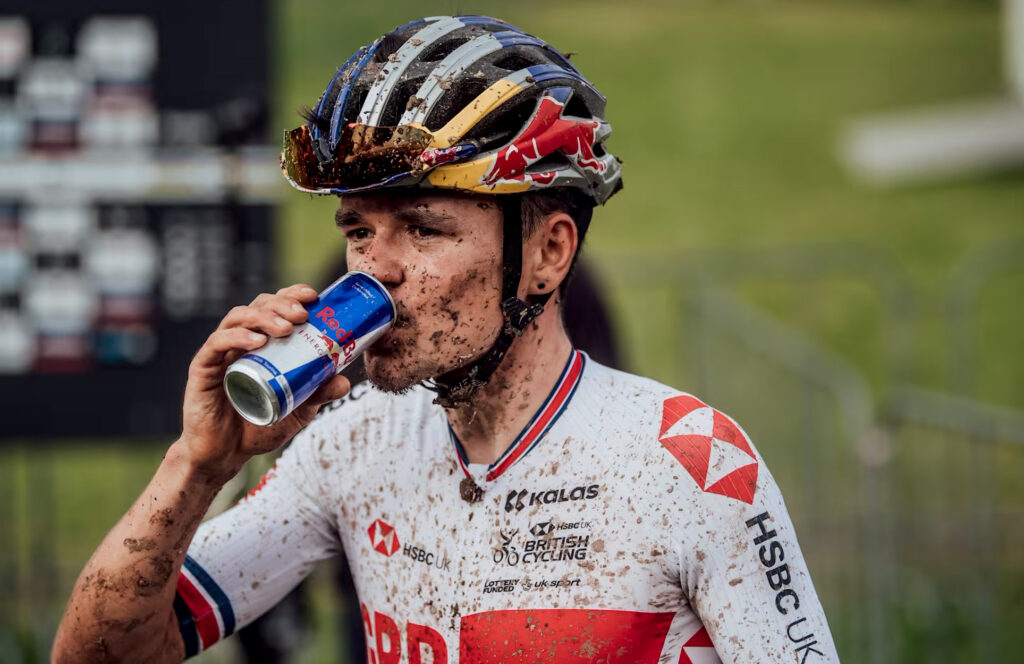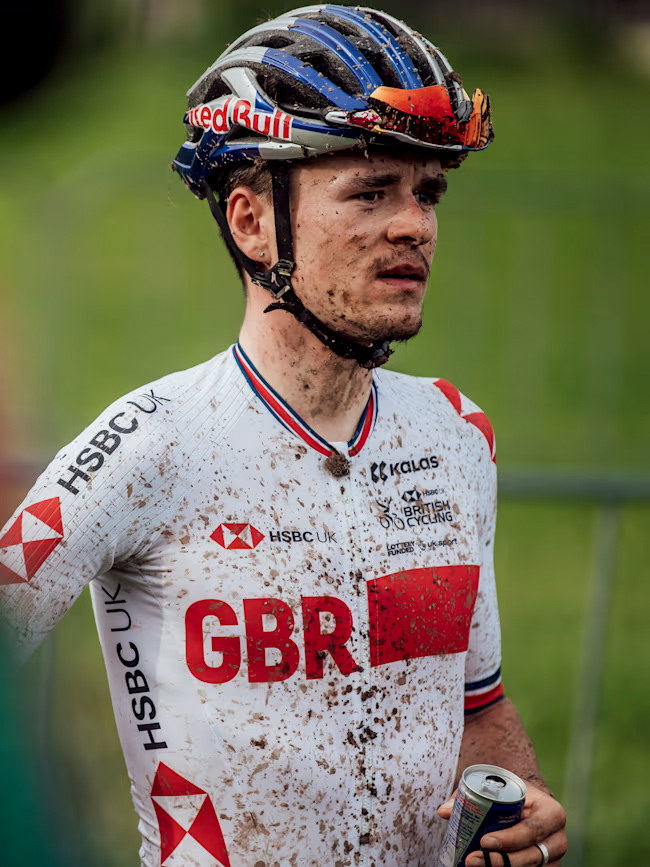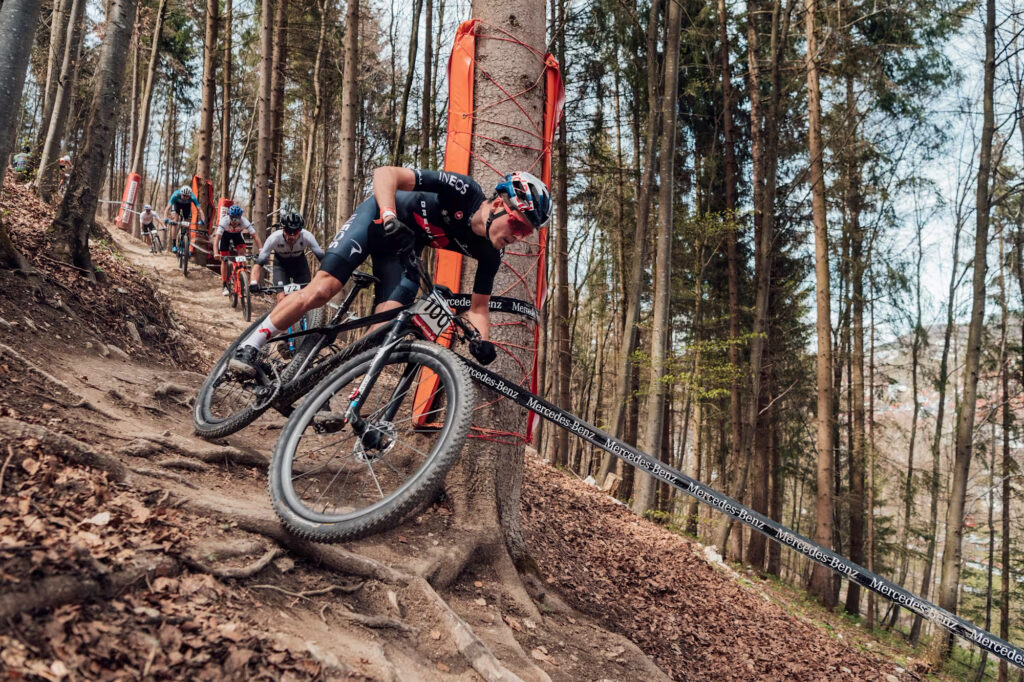Tom Pidcock’s approach to race-day nutrition, such as his balance of carbohydrates, proteins, and a light caffeine boost, highlights how critical proper fueling is for performance. His disciplined nutritional strategy ensures that he’s not only energized for short, intense races like cyclocross but also properly fueled for longer efforts.
When shifting the focus to long-distance cycling, the principles remain the same: it’s essential to fuel adequately before, during, and after rides. For ultra-endurance or long-distance events like Brevets, the energy demands are higher and sustained over long hours. Riders must maintain consistent energy levels through frequent snacks and hydration, incorporating carbohydrate-rich foods and electrolytes. While Pidcock uses gels, bars, and rice cakes, long-distance cyclists might need to complement these with more substantial meals depending on the ride’s duration.
Both cyclocross and long-distance cycling require precise energy management, but the latter emphasizes endurance and recovery strategies even more.
How I fuel: Tom Pidcock
Original article written by Anna Buick on website redbull.com
Find out how fish and chips, pancakes and Oreo rice bars fit into the diet of cycling super-talent Tom Pidcock, as he talks us through fuelling his training, racing and recovery.
Tom Pidcock is, among many other accolades, an Under-23 World Champion in cyclocross and cross-country mountain bike as well as a winner of the ‘Baby Giro’ on the road and most recently gold medalist at Tokyo. In short: he’s an all-round phenomenon.
But other than his intense training routine, what does it require to fuel such exploits? Here’s a whirlwind tour of Tom’s nutrition…

What make up your meals and snacks on a typical training day?
My breakfast is basically the same every training day: I have 105-120g of oats for porridge, and then an omelette with half an avocado and smoked salmon. Lunch is pasta or rice with some protein and vegetables, and dinner is the same. Carbs, protein and loads of veg – keep it simple!
For snacks, I’ve eaten a lot of rice cakes in the last couple of years. They’re great because they haven’t got a lot of calories but you can eat loads of them if you have to. On the bike, I mainly use bars, bananas and sometimes I’ll make some Oreo rice cakes or something like that. I try to eat somewhere between every 20 minutes to an hour depending on the session. I rarely use gels when I train – I save them for races.

What are the major considerations for your diet?
It’s about balance. I fuel very well when I train, and then I don’t fuel a lot on rest days and try not to snack too much. I don’t work with a nutritionist now but I did, and the main thing was high carb for training and low carb for rest.
“Everyone makes the mistake of under-fuelling when they’re trying to lose a bit of weight but I try to fuel really well for training and then hold back on rest days“
Everyone makes the mistake of under-fuelling when they’re trying to lose a bit of weight but I try to fuel really well for training and then hold back on rest days. I do have to watch what I eat more now I’m getting a little older. When I was young, I could eat anything and now I have to be more careful.
Has under-fuelling led to any particularly memorable bonks?
The worst was probably an Otley reliability ride. It was in winter, about 60 miles, I think I was about 15 or 16 and with about 10 miles to go, I proper bonked! I don’t really bonk anymore; you get hunger flats but you can just keep riding. But that was a proper bonk – I couldn’t pedal! A nice guy gave me a bar and helped me home.

How about morale food – do you need treats to get you through tough training blocks?
I don’t really have a sweet tooth and I eat very healthy anyway, I would say. I’m lucky that I don’t drink and I like to eat healthy so I don’t have to change a lot or resist a lot when I’m training. But then yeah, I do like desserts during off-season.
Talk us through your race nutrition, from your pre-race routine to what you eat and drink on the bike depending on the discipline
For a ‘cross race, I have breakfast, and then three hours before I have pancakes with berries and maple syrup. That’s morale food actually – it’s nice and gives you good energy.
I open a can of Red Bull before I get on the rollers and sip it when I’m getting ready and warming up – I don’t drink a full one at once, I just sip to get a gradual drip of caffeine.
“At the start of a road race, I have solids and then towards the end I have more gels“
For MTB, I also have a meal three hours before the start and Red Bull whilst I’m getting ready. Then I have a gel and finish the Red Bull on the start line, and then I take a bottle every lap, but with not much in. The bottle has energy mix in and I’ll have a gel as well in the middle of the race.
During a road race, I try to drink a bottle an hour, so 500ml, but it will probably be more than that if it’s hot and less if it’s raining. I also try and eat something every 20 minutes. At the start of the race, I have solids and then towards the end I have more gels.
What’s your key recovery fuel and timeframe?
I have a protein shake straight after training or racing and then I try to eat a meal as soon as possible as well.
In a stage race, you’re fuelling for the days ahead when you’re on the bike. For example, this year in the Baby Giro we had a flat day where it was super easy for the first two hours so I ate every 30-40 minutes. If you eat well on the bike, have a recovery shake straight after and a good meal, that’s usually as much as you can take in.
What’s your all-time favourite meal?
Fish and chips! Proper fish and chips. The last time I got home [after racing] I hadn’t been home for months and I just ate all the classics: fish and chips, curry, pizza, burger. But that’s only in the off-season!
If we were coming over for a fancy dinner, what would you cook for us?
I once made a really good dinner – it was chicken wrapped in bacon, peas, leeks and more bacon, and potato gratin. But I only made that once and that’s not how I normally cook. I normally just cook carbs in one pan, protein in another, and veg in a third pan, and then just put it all on a plate.
